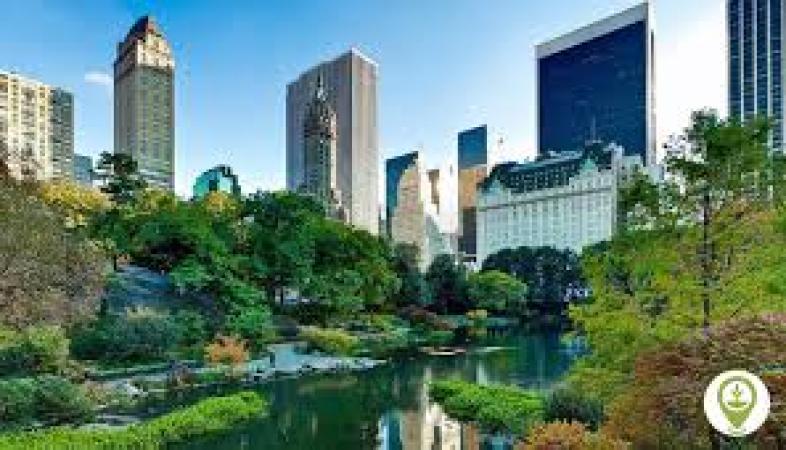Introduction
In the midst of growing cities and soaring skylines, green spaces are becoming more vital than ever. Parks, urban forests, community gardens, and green rooftops are not just aesthetic additions—they’re essential lifelines for human well-being, biodiversity, and climate resilience. As urban populations grow, integrating nature into city landscapes is proving to be one of the most effective ways to improve the quality of life.
Health and Well-Being Benefits
Numerous studies have confirmed that access to urban green spaces significantly boosts mental and physical health. People living near parks report lower stress levels, better mood, and reduced symptoms of anxiety and depression. The presence of trees and natural scenery helps regulate cortisol levels and can even lower blood pressure.
Physically, green spaces promote activity. Jogging paths, cycling lanes, open fields, and playgrounds encourage movement for people of all ages. In neighborhoods with accessible parks, obesity rates are lower, and exercise is more frequent.
For children, regular interaction with green environments enhances cognitive development, improves attention spans, and fosters social engagement. Even a simple 20-minute walk through a park can improve memory and concentration.
Environmental Impact
Urban green spaces are essential tools in combating climate change and pollution. Trees act as carbon sinks, absorbing CO₂ and producing oxygen. A single mature tree can absorb up to 22 kg of carbon dioxide per year while providing shade that cools the surrounding area.
This cooling effect is particularly critical in cities that suffer from the “urban heat island” phenomenon, where concrete and asphalt absorb and retain heat. Parks and rooftop gardens mitigate this, lowering temperatures and reducing the need for air conditioning.
Green areas also help manage stormwater. Instead of overwhelming sewage systems during heavy rain, vegetation absorbs water, reducing the risk of flooding. Additionally, plants filter pollutants, improving urban air and water quality.
Social and Community Value
Green spaces foster a sense of community and belonging. Public parks host cultural events, fitness classes, and festivals that bring residents together. Community gardens allow neighbors to collaborate, grow food, and build relationships, encouraging a sense of pride and cooperation.
They also act as safe spaces for all age groups, providing elderly residents with peaceful places to walk or socialize, and offering children safe areas to play and explore nature.
In multicultural cities, parks serve as meeting grounds where people from all backgrounds can share public space harmoniously.
Urban Planning and Policy
Forward-thinking urban planners now recognize the importance of green infrastructure. Cities like Singapore, Copenhagen, and Vancouver have invested heavily in expanding their green zones. “Green corridors” that connect different parks through tree-lined walkways and bike paths are becoming more common.
Incorporating greenery into rooftops and building facades is another growing trend. Green roofs reduce energy usage and act as insulation while enhancing biodiversity by attracting birds and insects.
However, challenges remain. Limited space, gentrification, and rising land values often make it difficult to allocate areas for parks. As a result, equitable access to green space—especially in underprivileged neighborhoods—remains a pressing issue.
Conclusion
Urban green spaces are far more than patches of grass in concrete jungles. They are dynamic, multifunctional assets that support health, environment, economy, and community life. As cities face the twin pressures of population growth and climate change, investing in nature is not a luxury—it’s a necessity. Building greener cities is one of the most powerful ways to ensure a thriving, livable future for all.

